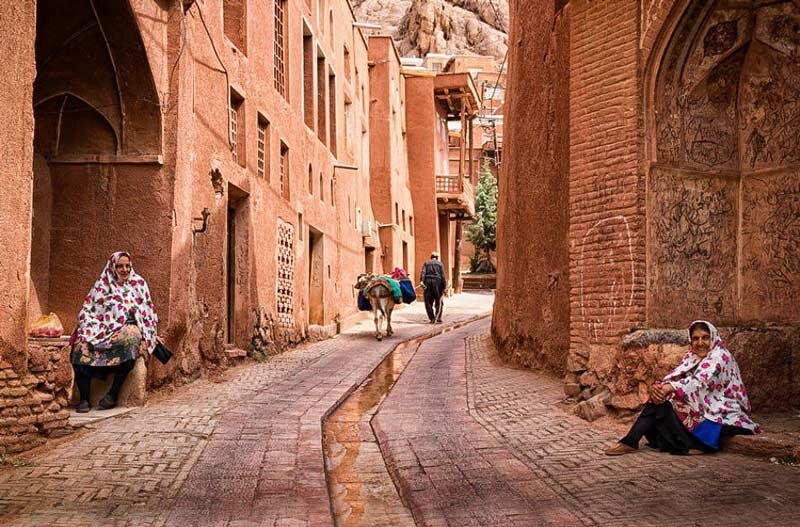Abyaneh: a tranquil retreat for nature lovers and culture enthusiasts

TEHRAN – Abyaneh village is a stunning treasure whose vibrant red hues catch the eye in Iran’s Isfahan province.
Nestled peacefully at the bottom of Mt. Karkas, Abyaneh is an enchanting maze of winding and steep alleys, adorned with weathered red mud-brick houses featuring delicate wooden balconies and latticed windows.
Located 38 kilometers northwest of Natanz, this village ranks among the most elevated settlements in Iran, boasting an altitude of 2,160 meters above sea level and offering chilly yet mild weather.
The uniqueness of Abyaneh’s indigenous architecture and its rich history make it one of Iran's most renowned villages.
Although the exact age of Abyaneh cannot be determined, it is estimated to have a history of around 4,500 years, making it one of the oldest human settlements on the fringes of Iran's central desert.
The historical relics and monuments present in Abyaneh, dating back to the Sassanid, Seljuk, Safavid, and Qajar periods, bear witness to the ancient history of this human settlement.
For centuries, the inhabitants of Abyaneh have retained their unique ethnicity and traditional practices, and even their old language and dialect, owing to the region's mountainous terrain and remote location from crowded areas and communication channels.
They continue to uphold their traditions through the prevalent wearing of traditional clothing, demonstrating pride and dedication towards preserving their cultural heritage.
The village is an open-air anthropology museum that showcases architecture and traditions from the Sassanid era (224–651) onwards, for instance, an ancient temple, the ruins of a fortress, a mosque with a unique altar from Seljuk period (ca. 1040–1196) to name a few.
Its distinctive architectural facet, variety of deeply-rooted-in-time rituals, apparel of inhabitants, and rows of earthen houses dotted on the slope contribute to its charm. The roofs of some houses serve as the courtyard for others higher up on the hill.
Aside from the village, which was inscribed on the National Heritage List in 1975, 32 historical monuments inside the village have been also registered on the list.
Iran also eyes a possible inscription of Abyaneh village on the UNESCO World Heritage List in the near future.
ABU/AM
